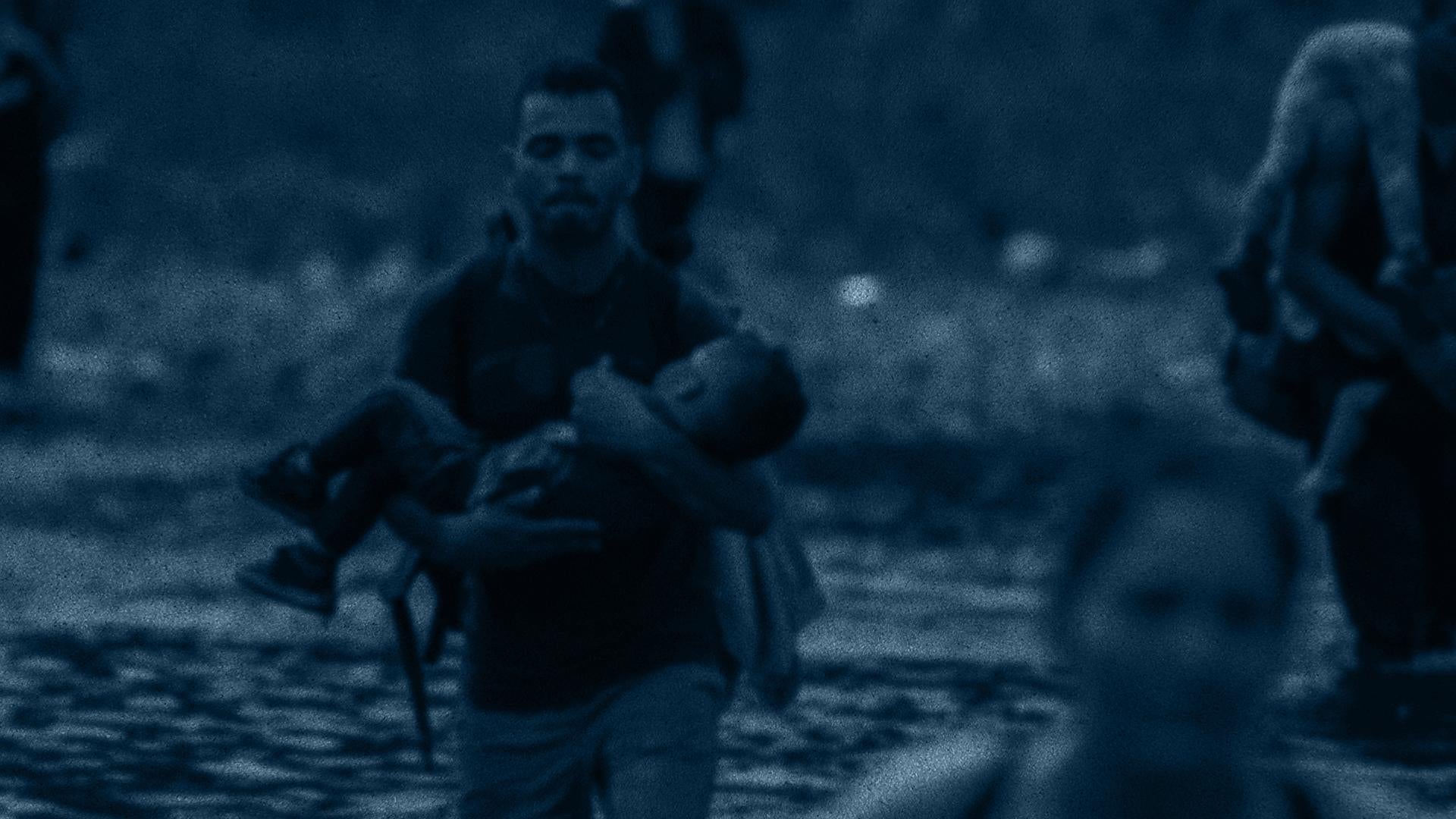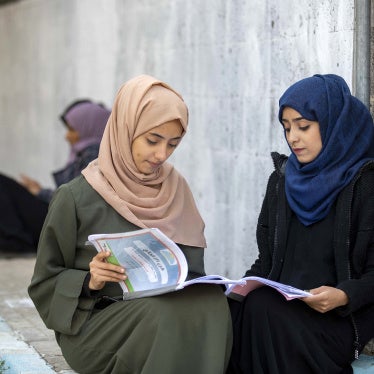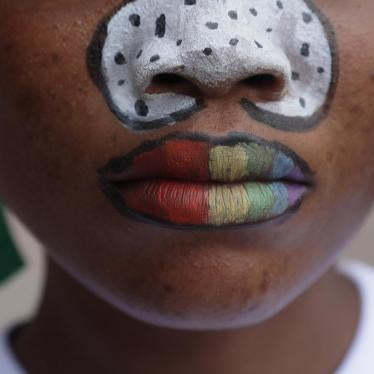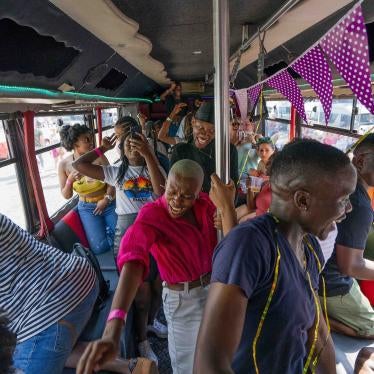(South Africa) - Akello, a young Kenyan woman, was 17 when she went into labor. After two days, when she had still not delivered her baby, her grandmother borrowed enough money to take her to the nearest clinic. The nurse refused to examine her, told her to wait, and when Akello, in pain and frightened, finally complained, the nurse told her, “Next time you will think when you are enjoying sex.”
Many people would prefer that boys and girls wait until adulthood before having sex. Even trained service providers like that nurse are frequently hostile to adolescents who are sexually active.
The fact is, however we might feel about adolescent sex, many adolescents are sexually active—not always voluntarily. Globally, some 51 million girls between the ages of 15 and 19 are married, and in Yemen, where Human Rights Watch conducted research on child marriage, more than half of all girls are married before they reach 18. In the United States, 13 percent of adolescents below age 15 are sexually active, and the US has the highest rate of teen pregnancy in the developed world, with 750,000 pregnancies every year. In Africa, 16 percent of all births annually are to adolescent girls, along with 2.2 million unintended pregnancies. A quarter of all unsafe abortions in Africa were among adolescent girls. A major “Family Planning Summit” sponsored by the UK government and The Bill and Melinda Gates Foundation took place recently, with the laudable aim of giving access to family planning to 120 million more women in the poorest countries by 2020.
But every year, many girls and young women face almost insurmountable barriers and human rights violations as they try to get critical reproductive and sexual health-related information and services, including contraception. A 2004 Save the Children report points out that the leading global cause of death for young women between the ages of 15 and 19 is complications related to pregnancy and childbirth. So human rights need to be part of the central planning around family planning.
In Yemen, we documented the problems that hampered girls’ ability to make decisions about when and whether to have sex, the number and spacing of their children and access to family planning. They include interruption and termination of education, lack of access to information, family violence and the low status of girls generally in society. Many of the young women we spoke to wanted to prevent or delay their pregnancies, but they were not able to get either the information or services they needed.
Amal was 15 when she was married. She was 25 when Human Rights Watch interviewed her in Yemen and she had already been pregnant six times. She suffered three miscarriages and two stillbirths, and continues to suffer ill-health related to her multiple pregnancies. Her daughter, born when Amal was just 17, is her only surviving child. Fatima, also in Yemen, was 12 when she got married. When we interviewed her, she told us that she didn’t use contraception because “I don’t know what they are.” In Yemen, 39 percent of women who do not want to get pregnant have no access to any form of modern contraception.
While Yemen may seem to be an extreme example, adolescent girls all over the world face similar challenges in getting reproductive health services and realizing their right to health. Laws and policies restrict how and when they can get information and services, families prevent them from seeking out services and information when these are available, and health care providers are hostile and judgemental.
As the funders and planners of the recent family planning summit start to apply their exchange of ideas to their own programs and when the promised resources to do so begin to materialise, they should make sure that adolescent girls are included as beneficiaries of all programs and that protection for their human rights will be at the center of this initiative. As they begin to roll out programs, they need to devote sufficient resources to changing punitive laws that prevent access to reproductive health services and information for adolescents, to developing youth friendly health services and to training health care workers to deliver non-judgmental services to young women and men.
A huge investment of resources and political will is needed to meet the summit’s ambitious goal of giving 120 million more women access to contraception by 2020. If the goal is indeed met, it has the potential to be a genuine game changer, including for adolescents.
But unless protection for the human rights of young women and girls is placed at the center of this plan, it is likely that many will not be able to get contraception and the accompanying health services that could improve and potentially save their lives. And for them, it will unfortunately just be “business as usual.”








